Inflation remaining a sharp thorn in the side
In July, the government directed the banking system to pull the mobilising rate to around 10 per cent and thus lending rates to around 12 per cent per year in the fourth quarter.
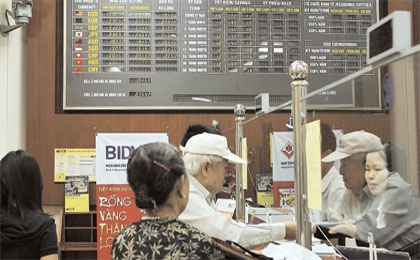 |
| High interest rates have taken loans out of enterprises’ reach |
Currently, local banks are offering deposit rates at 11.2-11.5 per cent and lending at 13-15 per cent per year.
In early October, the Vietnam Banking Association (VNBA) called on banks to continuously lower their mobilising rates to 11 per cent from October 15.
State Bank governor Nguyen Van Giau said the authority would continue to use monetary policy management tools to support commercial banks with possible reductions in interest rates depending on economic developments.
In Resolution 18/2010/NQ-CP dated April 6, the government was tasked with stabilising the macro-economy, preventing high inflation and ensuring economic growth of 6.5 per cent.
“I can say recent market rumours on possible banking system capital shortages and narrowed corporate access to bank loans are completely groundless,” said Giau.
However, An Binh Bank’s deputy general director Pham Quoc Thanh said lowering market interest rates was not an easy task.
“In this tough competition, no bank wants to lower their mobilising rates as depositors could easily switch to other banks. On the other hand, inflation makes this task more difficult,”
said Thanh.
Vietnam’s consumer price index (CPI) grew 8.9 per cent year-on-year in September compared to 8.2 per cent at the end of August.
HSBC economist Sherman Chan said the latest ASEAN region data confirmed that the government’s target of 8 per cent inflation in 2010 would be tough to meet. Although inflation appeared to bottom out in August, it is set to pick up in coming months.
“The bias towards growth remains very evident. Commercial banks continued to be nudged to cut lending rates so as to fuel economic activity. With credit growth set to pick up in coming months, inflationary pressures are likely to also strengthen. We expect Vietnam’s inflation rate to linger around 9 per cent in the fourth quarter of 2010,” said Chan.
Recently, while some ASEAN region economies like Singapore have adopted a tightening bias, Vietnamese authorities continue to hang onto an accommodative stance.
Thanh added that the mobilising rate would not drop below 11 per cent per year due to inflation.
At the moment, the Bank for Foreign Trade of Vietnam, one of the largest lenders in Vietnam, is still offering 3-6 month deposit rates at 11.2 per cent.
What the stars mean:
★ Poor ★ ★ Promising ★★★ Good ★★★★ Very good ★★★★★ Exceptional
Related Contents
Latest News
More News
- VIR to host seminar on ESG integration (November 19, 2024 | 08:45)
- ESG implementation spurs bank progress (November 18, 2024 | 13:37)
- Green-digital transition must start with proper mindset (November 13, 2024 | 16:49)
- New Zealand shares sustainable development experience with Vietnam (November 13, 2024 | 15:55)
- Vietnam on the verge of green industrial revolution (November 12, 2024 | 15:57)
- VIR sustainable development conference opens in Hanoi (November 12, 2024 | 09:42)
- Taking the lead in dual transition for a greener Vietnam (November 11, 2024 | 17:00)
- Vietnamese consumers careful amid economic volatility (November 11, 2024 | 13:55)
- Quality must come first in chip mission (November 11, 2024 | 10:33)
- Vietnam's digital economy estimated to reach $36 billion in 2024 (November 07, 2024 | 13:52)




 Tag:
Tag:
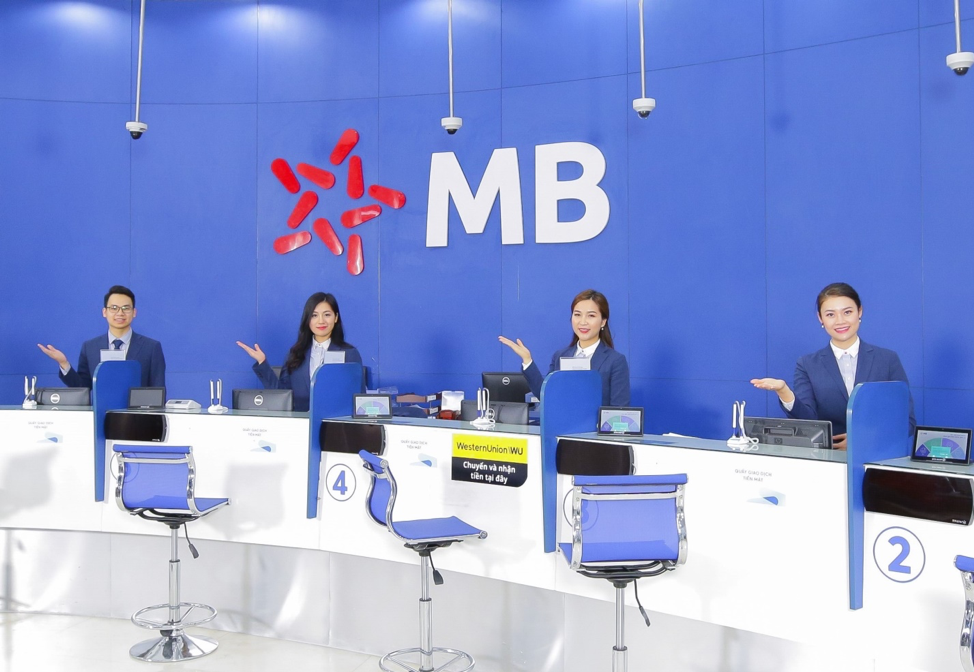
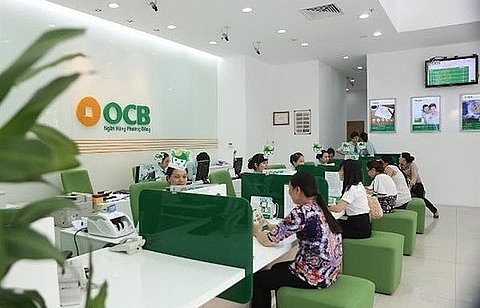
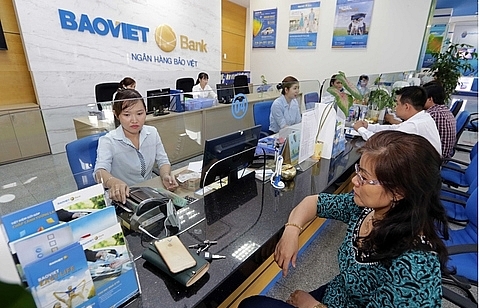









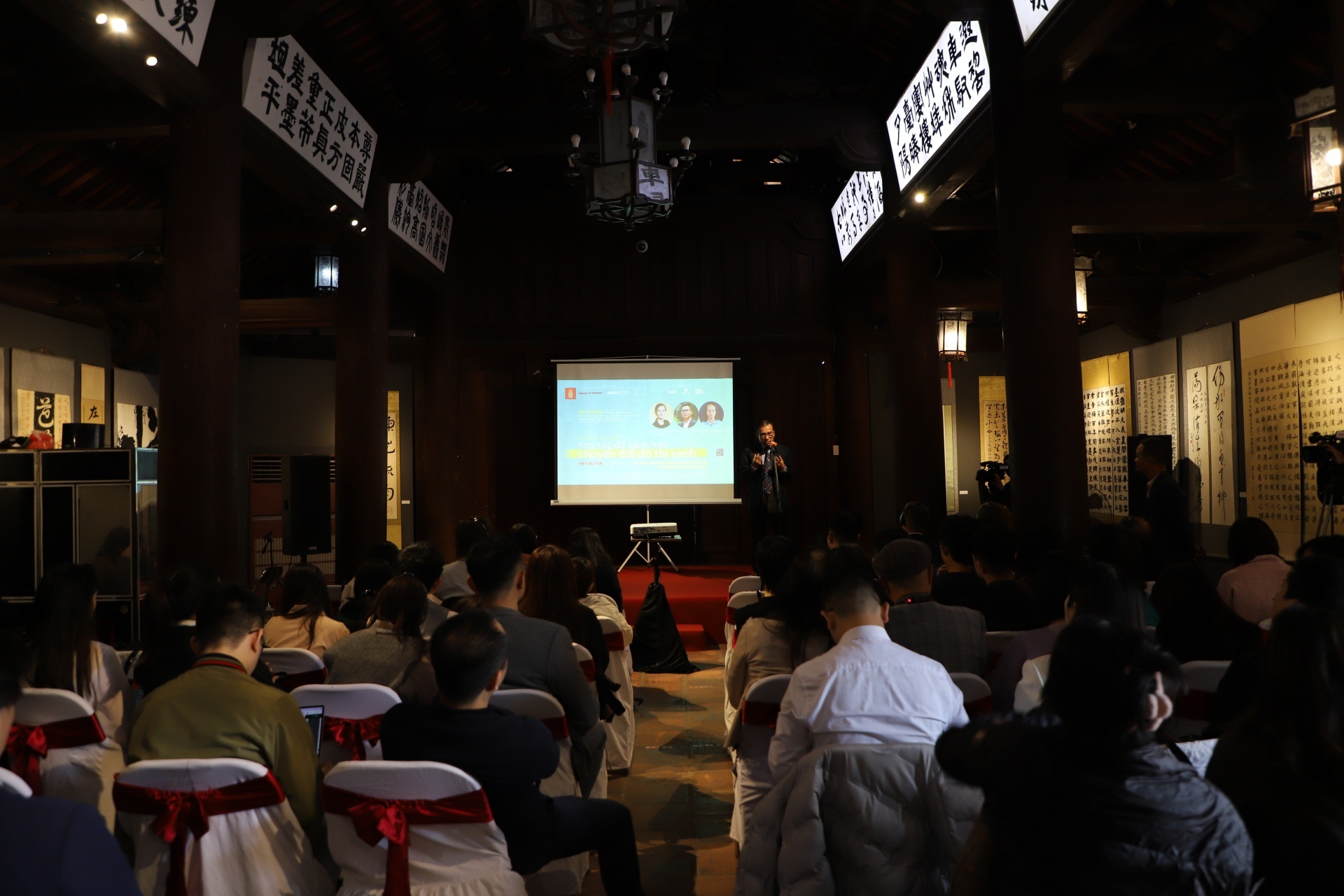
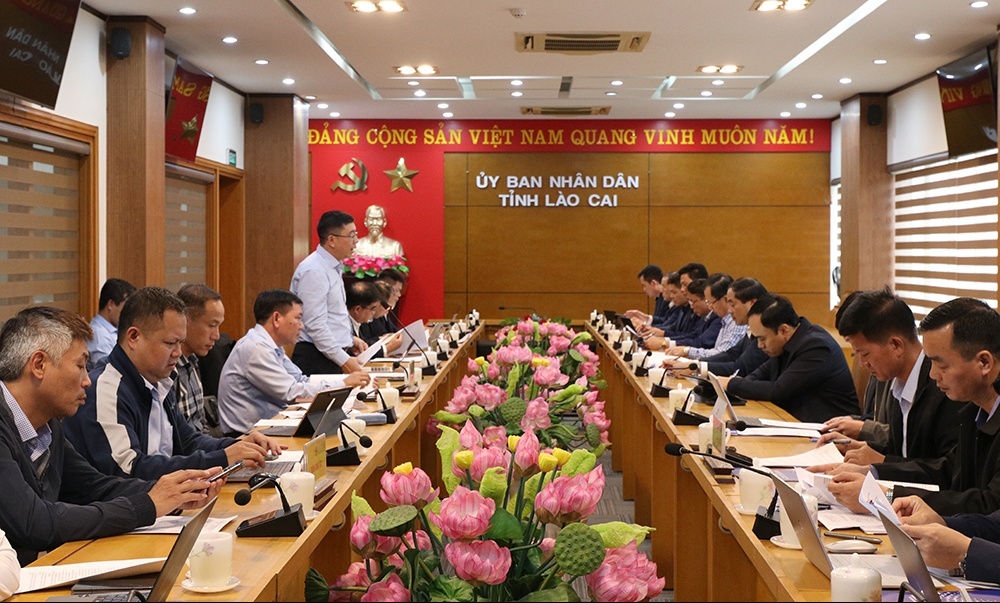





 Mobile Version
Mobile Version